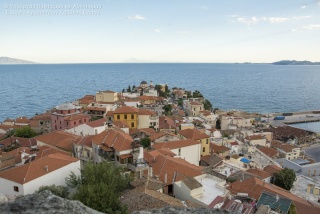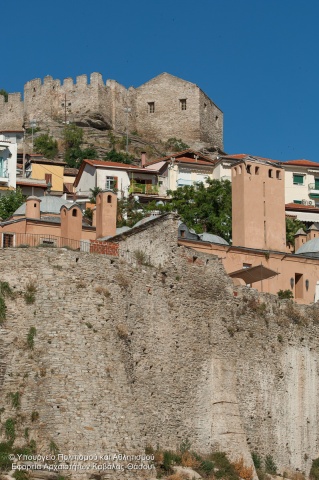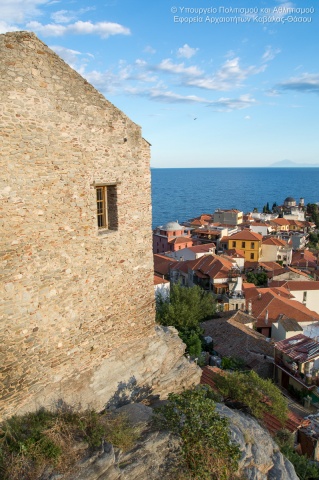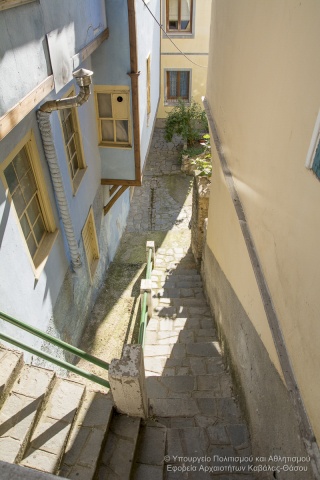Traveler's Guide
East Macedonia & Thrace
Neighborhood Panagia

The district of Panagia, residential since the 7th century, is the original historic core of the city of Kavala. On this rocky promontory the city with the three names (Neapolis, Christoupolis, Kavala) was founded and crossed the centuries of history. Its story is largely the same story of Kavala. The constant habitation, together with the lack of space, not allowed to keep more than minimal traces of the ancient and the Byzantine era, traces identified in fortifications or brought to light by the excavations of archaeological research and kept in museums. For 2500 years the city was developed within the limits of ancient and Byzantine walls of an area, of 13 hectares. The city, only in the early 16th century, extends a little outside of it, and now includes a trapezoidal and flat piece of land next to the sea and a harbor area of 4 hectares. These limits and the total area of 17 hectares reserved until 1865-1870. Point in the history of the city - the peninsula of Panagia of 1391. Christoupoli was occupied by the Ottomans, incurs major disasters and for several decades carries the signs of decay, abandonment, and perhaps complete desolation. After rebuilding the citadel (1425) the area of the peninsula is essentially a castle with exclusively military character.
Service Unit: 12th Ephorate of Byzantine Antiquities
Phone: +302510224716
Address
No information available.Contact Information
No information available.












